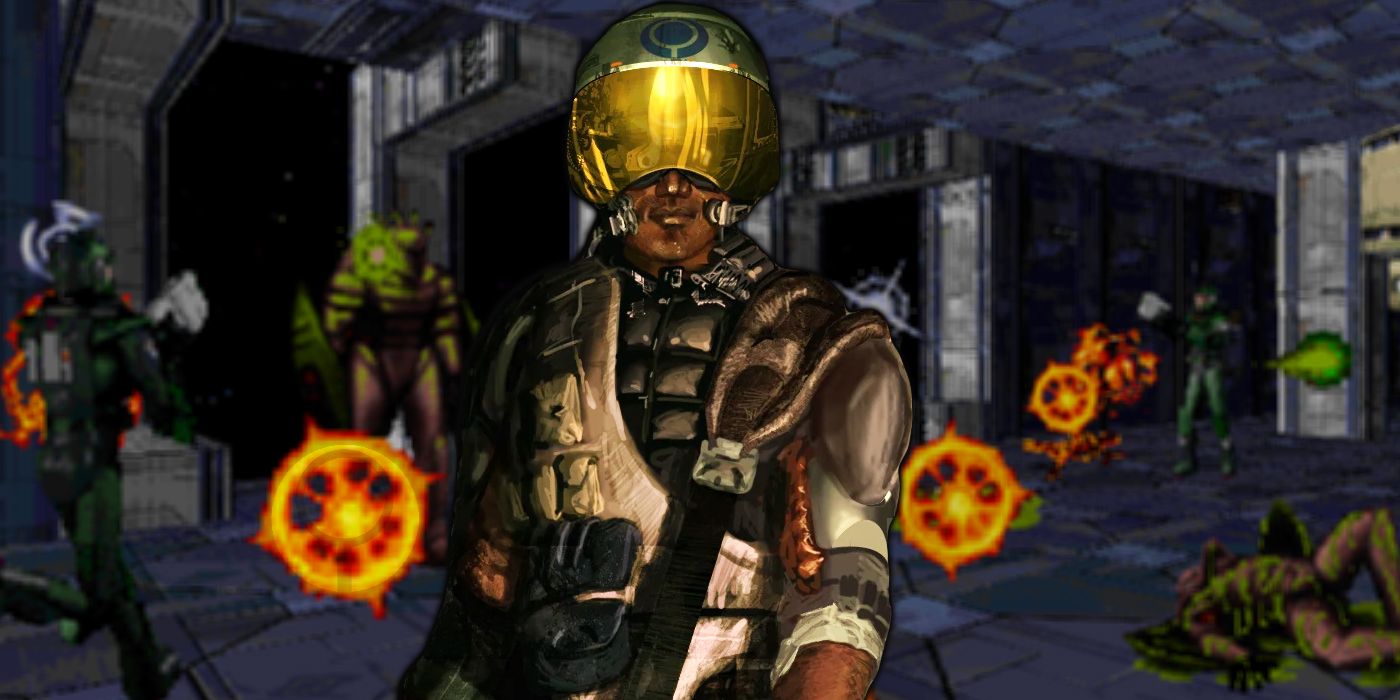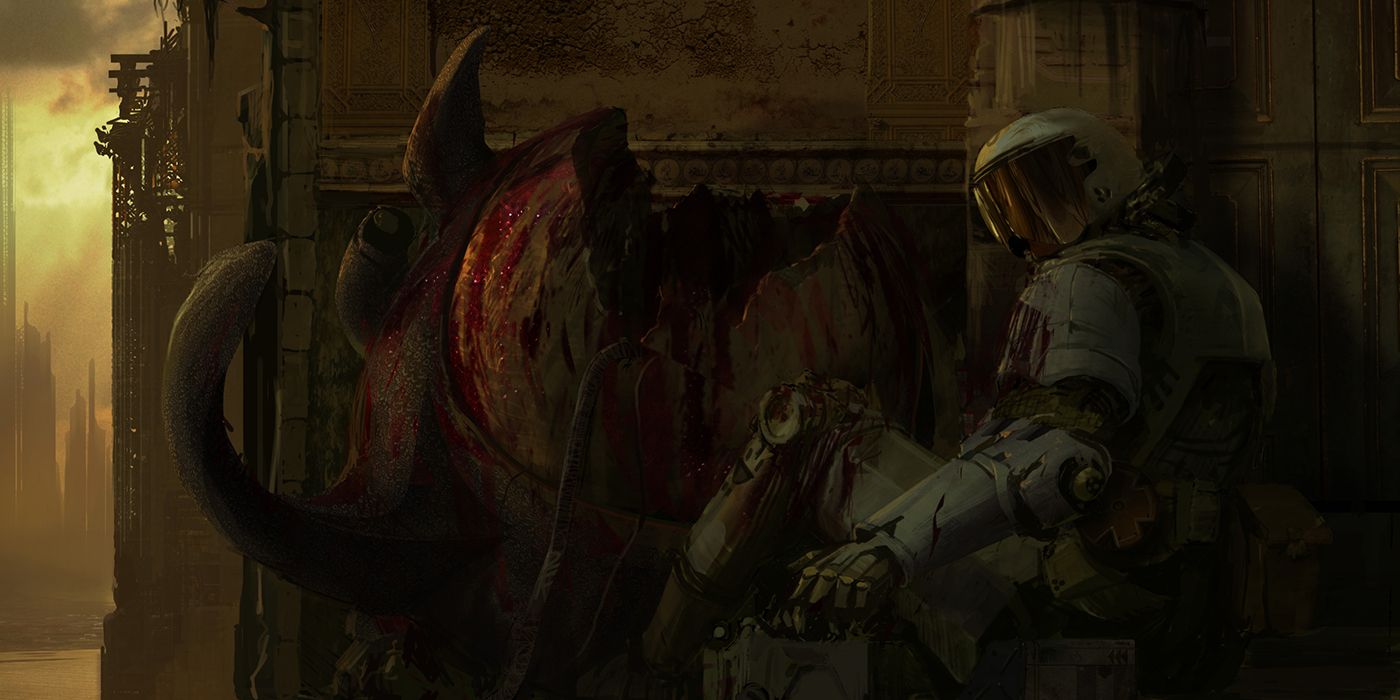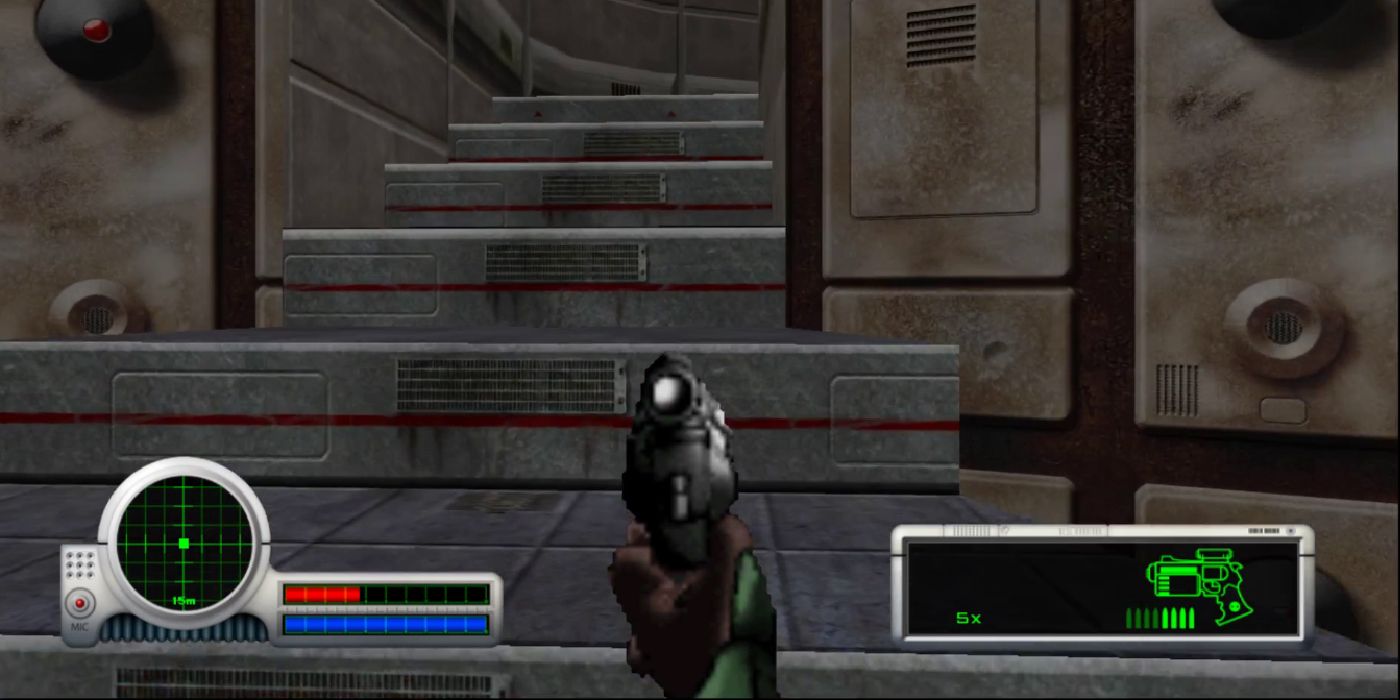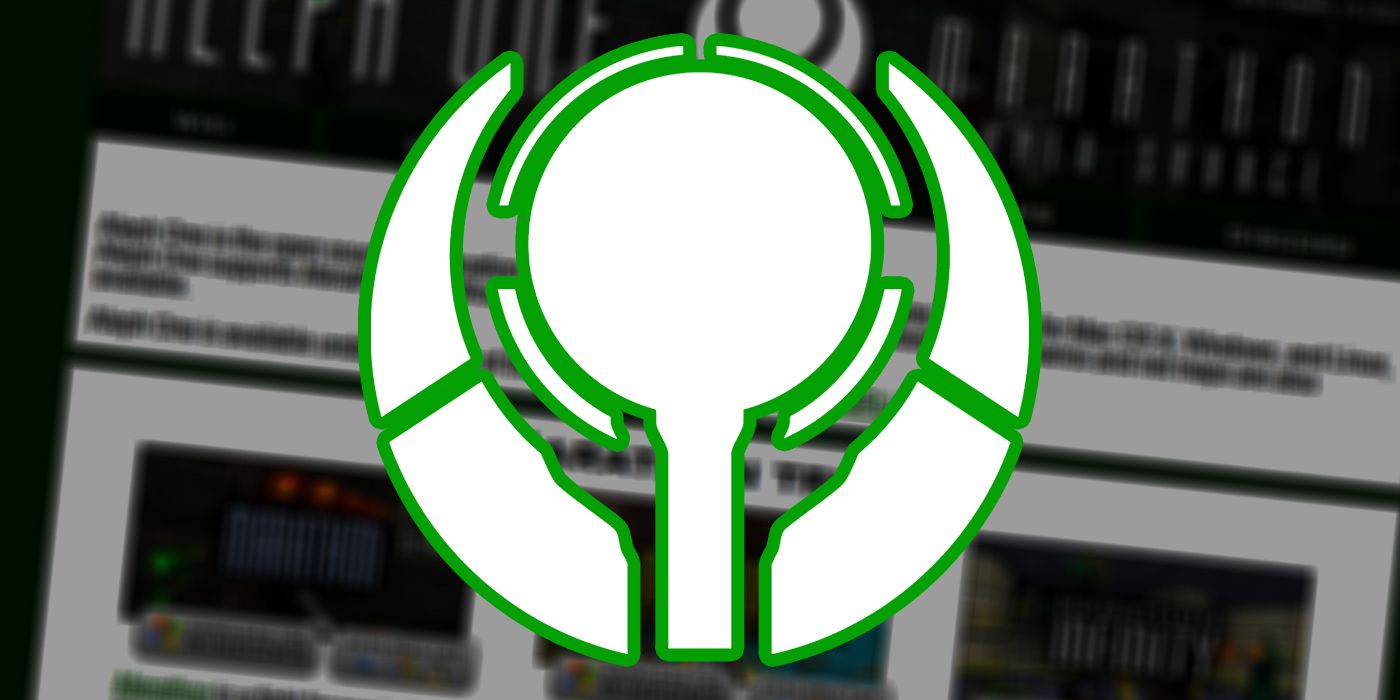When people hear the name Bungie, they likely think of legendary sci-fi shooters like Halo and Destiny. Both of these franchises are known for having some pretty groundbreaking evolutions to the FPS genre as a whole, though even the most dedicated Bungie fans may not be aware of some of their earliest underrated classics, including the Marathon trilogy. Originally released in 1994, Marathon and its two sequels laid the groundwork for both Bungie as a company and for the FPS genre as a whole.
The name Marathon may not be a familiar one, though that's likely because the first game in the trilogy was only ever released for the Apple Macintosh. It hasn't received an official port since, though fans have been doing their part to keep the Marathon trilogy alive. Thanks to their efforts, the trilogy's unique map design, and its zany story, Marathon has developed a huge cult following in the years since its release.
Marathon's Story Must Be Experienced First-Hand
It's hard to talk about Marathon without touching on just how incredible the trilogy's story is. Things start out simple enough in Marathon, as the player takes the role of an unnamed security officer on the UESC Marathon, a colony ship on a mission to a distant planet. The ship comes under attack by an alien race known as S'pht. The player works with the UESC Marathon's AI, Leela, to protect the ship from the S'pht and figure out the purpose behind their attack.
A vast majority of Marathon's story is conveyed through terminals that players can read throughout the game. That means that players will get as much out of the game's story as they want to without it overshadowing the actual gameplay experience. Those who decide to dive deeper into the Marathon trilogy's plot are in for one of the most complex and engaging stories ever put into a video game. Fans have spent years trying to piece together the story, with a fan website existing that's still being updated today.
The main reason why Marathon's story gets so complex is due to how the third and final game in the series, Marathon Infinity, introduces alternative timelines into the events of the first two games. This doesn't come out of nowhere, as there are a lot of subtle hints throughout the these two games that hint towards this wild twist. Going any deeper into Marathon's story could take an article all of its own, especially since a lot of it boils down to how individual players piece things together themselves. Those interested should check out the fan website marathon.bungie, which has spent quite some time documenting and dissecting the trilogy's storyline.
Marathon Innovated the First-Person Shooter Genre
While the story is certainly a highlight, Marathon's innovations to its genre should not be overlooked. It's important to know that Marathon was a landmark FPS game when it was released, since those who play the trilogy today may find that it hasn't aged quite as well as other shooters from the time. Many of the mechanics that Bungie pioneered here are still around today, though they're likely things that most players take for granted.
One of the original game's biggest technological achievements is being one of the first first-person shooters to have full mouse-controlled camera movement, otherwise known as free-look. Marathon is also one of two games credited as being the originators of duel-wielding weapons in FPS games. The other one is Rise of the Triad, which was released on the same exact day as Marathon.
The Marathon series as a whole would have its gameplay defined by its large sprawling map designs. These maps, with some notable exceptions, never feel empty or too big. Like many other DOOM-like games of the time, players would find themselves fighting against waves of enemies littered throughout the UESC Marathon. There's a decent variety in the enemy types, with the designs being absolutely stellar. While a majority of the enemies are S'pht aliens, another alien force known as the Pfhor was also eventually added to the mix to keep things fresh.
Marathon's Legacy Has Been Preserved By Fans and Bungie
Nods to Marathon can be found all throughout both the Halo and Destiny games, though the biggest examples are seen within Halo. The most blatant example is how the Marathon logo is actually used in Halo's lore as the Forerunner symbol of the Reclaimer. The Reclaimer symbol can be found in Halo: Combat Evolved's logo, hidden between the "a" and the "l" in the word Halo. The symbol also appears on the covers of several official Halo novels. There are countless other examples of it appearing throughout the Halo series.
One of the more fascinating parts of Marathon's connection to modern Bungie titles is how, at one point, Halo and Marathon were likely meant to take place in the same universe. While this is almost certainly no longer the case, the previously mentioned marathon.bungie website contains a 2002 interview with Bungie founder Alexander Seropian that directly states that the protagonist of Marathon was meant to be the first incarnation of Master Chief.
For those interested in playing the Marathon trilogy, fans have ensured that remains possible. Bungie made Marathon 2's source code available in 1999. Since then, the Aleph One fan project has preserved and updated the whole trilogy. The games have been rebuilt in Aleph One and are completely free-to-play, with a plethora of quality-of-life options included to help with the parts of Marathon that haven't quite aged as well as others.




